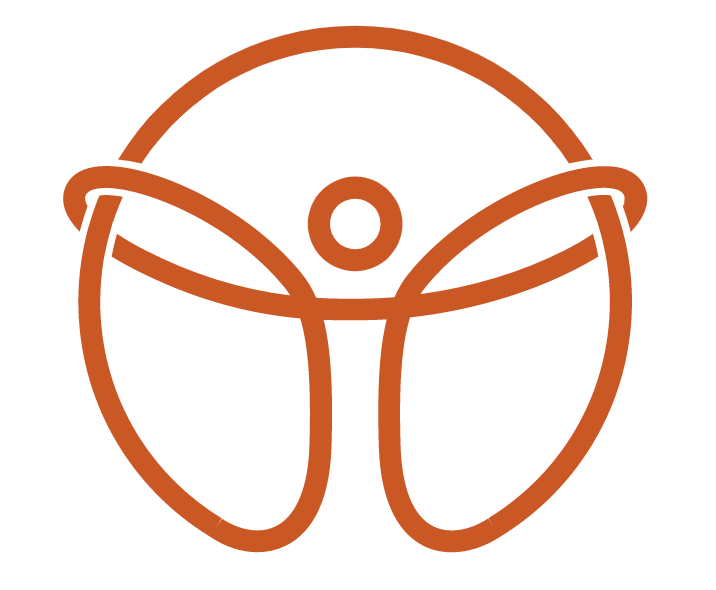Calf Pain: Just a strain or something worse?
Calf pain can be concerning, especially when trying to determine whether it’s a muscle strain or something more serious, like a deep vein thrombosis (DVT). While both conditions can cause discomfort in the lower leg, they have different causes, symptoms, and potential risks. Understanding the key differences can help you know when to seek medical attention.
What is a Calf Strain?
A calf strain occurs when the muscle fibers in the back of the lower leg are overstretched or torn. This injury often happens during activities that involve sudden acceleration, jumping, or pushing off forcefully, such as running or playing sports.
Muscles Involved
The two primary muscles of the calf are:
- Gastrocnemius – The larger, more superficial muscle that helps with explosive movements like sprinting and jumping.
- Soleus – A deeper muscle that assists with endurance activities and posture.
Symptoms of a Calf Strain
- Sudden sharp pain in the back of the leg
- Swelling and bruising
- Difficulty walking or pushing off the foot
- A sensation of tightness or “knotted” muscle fibers
When to Seek Care for a Calf Strain
Mild strains may heal with rest, ice, compression, and elevation (RICE). However, if the pain is severe, there is significant swelling, or you heard a popping sound at the time of injury, you should consult a healthcare provider.
What is Deep Vein Thrombosis (DVT)?
DVT is a serious condition where a blood clot forms in a deep vein, most commonly in the lower leg. This can be life-threatening if the clot travels to the lungs, causing a pulmonary embolism (PE). Unlike a calf strain, DVT is not caused by trauma but rather by poor circulation, prolonged inactivity, or clotting disorders.
Symptoms of DVT
- Unilateral swelling (one leg larger than the other)
- Persistent pain or tenderness that may worsen over time
- Red or discolored skin
- Warmth in the affected area
- Pain that doesn’t improve with stretching or massage
Risk Factors for DVT
- Prolonged immobility (long flights, bed rest, recent surgery)
- Recent injury or surgery
- Smoking, obesity, or use of birth control/hormone therapy
- Family history of blood clots
When to Seek Immediate Medical Attention
If you experience sudden swelling, warmth, or pain in the calf without an obvious injury, seek medical evaluation immediately. Additionally, if you have chest pain, shortness of breath, or dizziness, call 911 as these may be signs of a pulmonary embolism.
The Role of Point-of-Care Ultrasound (POCUS) in Diagnosis
When evaluating calf pain, point-of-care ultrasound (POCUS) is a quick and non-invasive tool used to distinguish between a muscle tear and a blood clot.
✔ For calf strains – Ultrasound can show muscle fiber disruption, swelling, or hematoma (localized bleeding).
✔ For DVT – Ultrasound can detect a clot inside a deep vein by assessing blood flow and vein compressibility.
A healthcare provider trained in ultrasound can often make a rapid and accurate diagnosis, ensuring that proper treatment is given as soon as possible.
Calf pain can stem from a muscle strain or a dangerous blood clot—knowing the differences is crucial. While a calf strain often results from a sports injury and improves with rest, a DVT requires immediate medical attention to prevent life-threatening complications. If you're uncertain about your symptoms, especially if swelling and warmth are present, seek professional evaluation right away.
Early diagnosis saves lives. Don’t ignore persistent calf pain—get it checked!
---
At MVMT STL Health and Wellness, we specialize in diagnosing and treating sports injuries with a whole-body approach. If you're struggling with Achilles pain, let’s find the real cause and get you back to moving pain-free!
📅 Book an appointment today at www.mvmtstl.com

